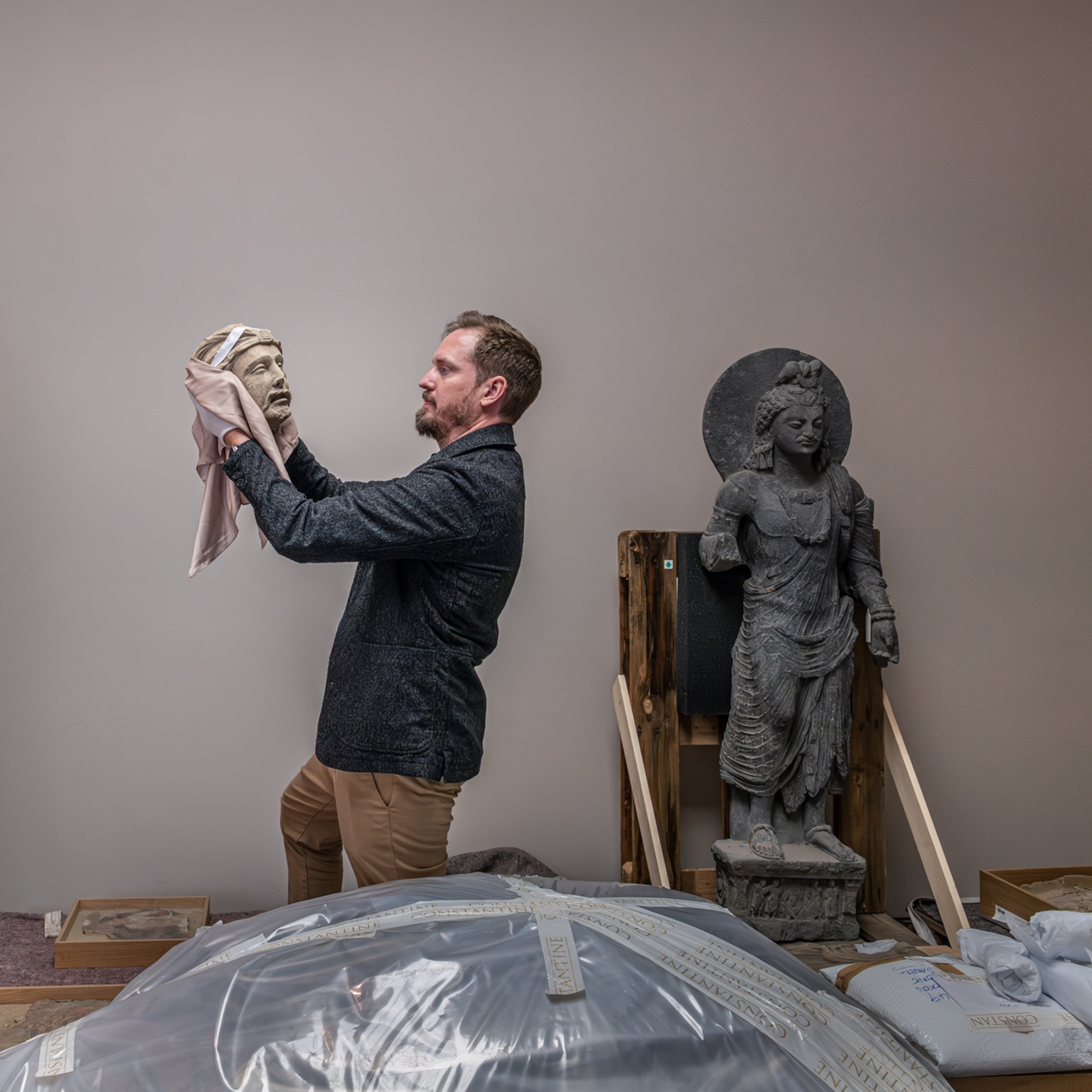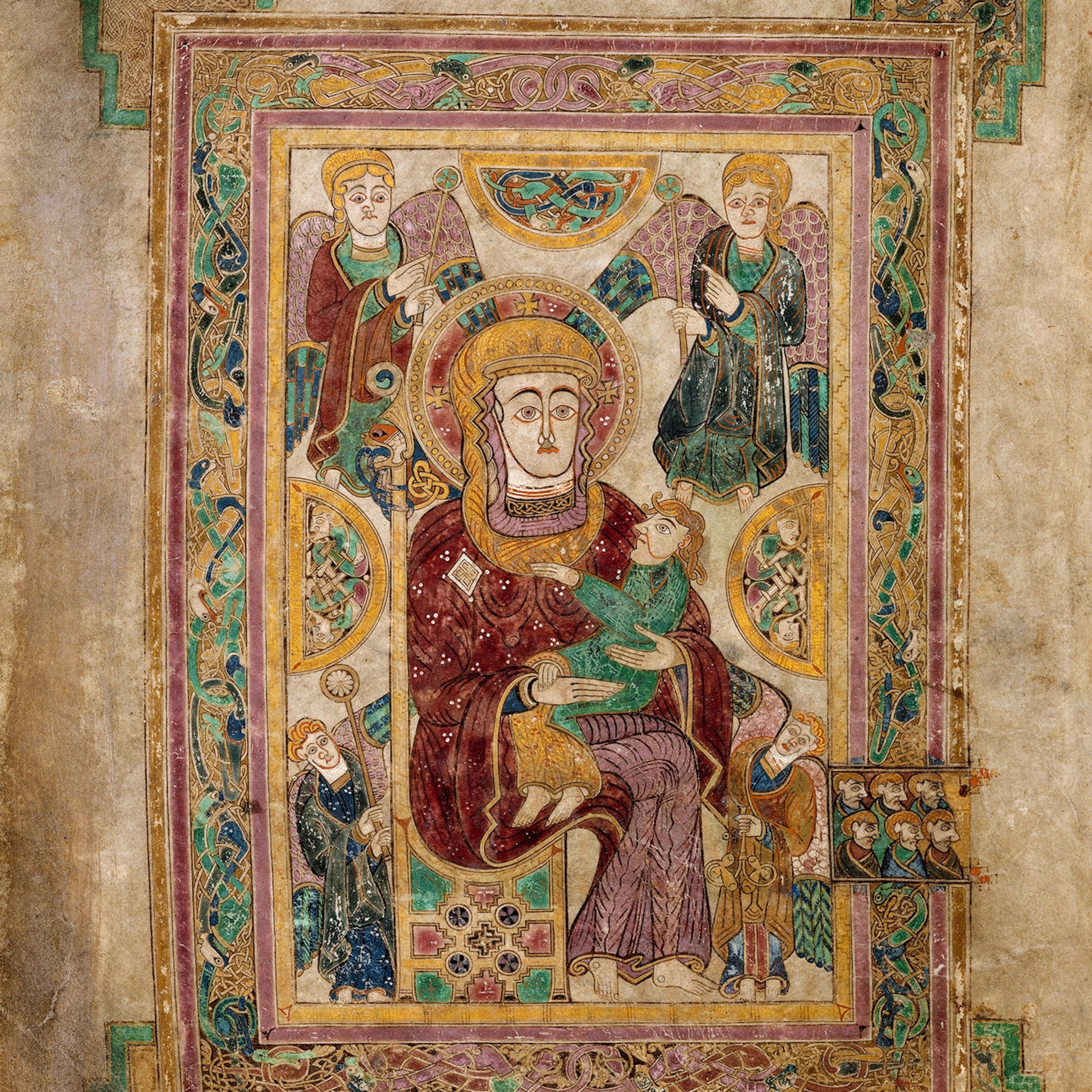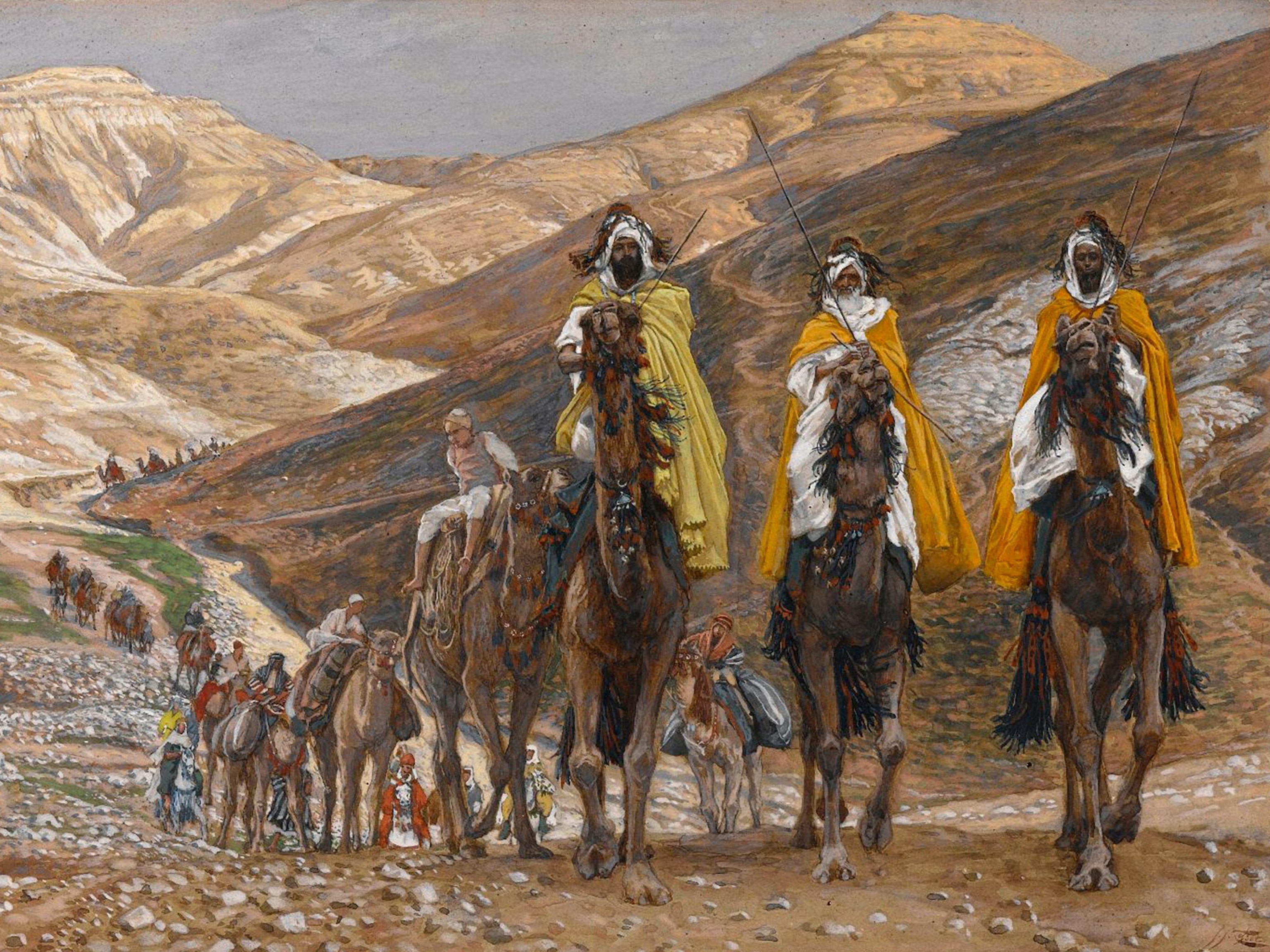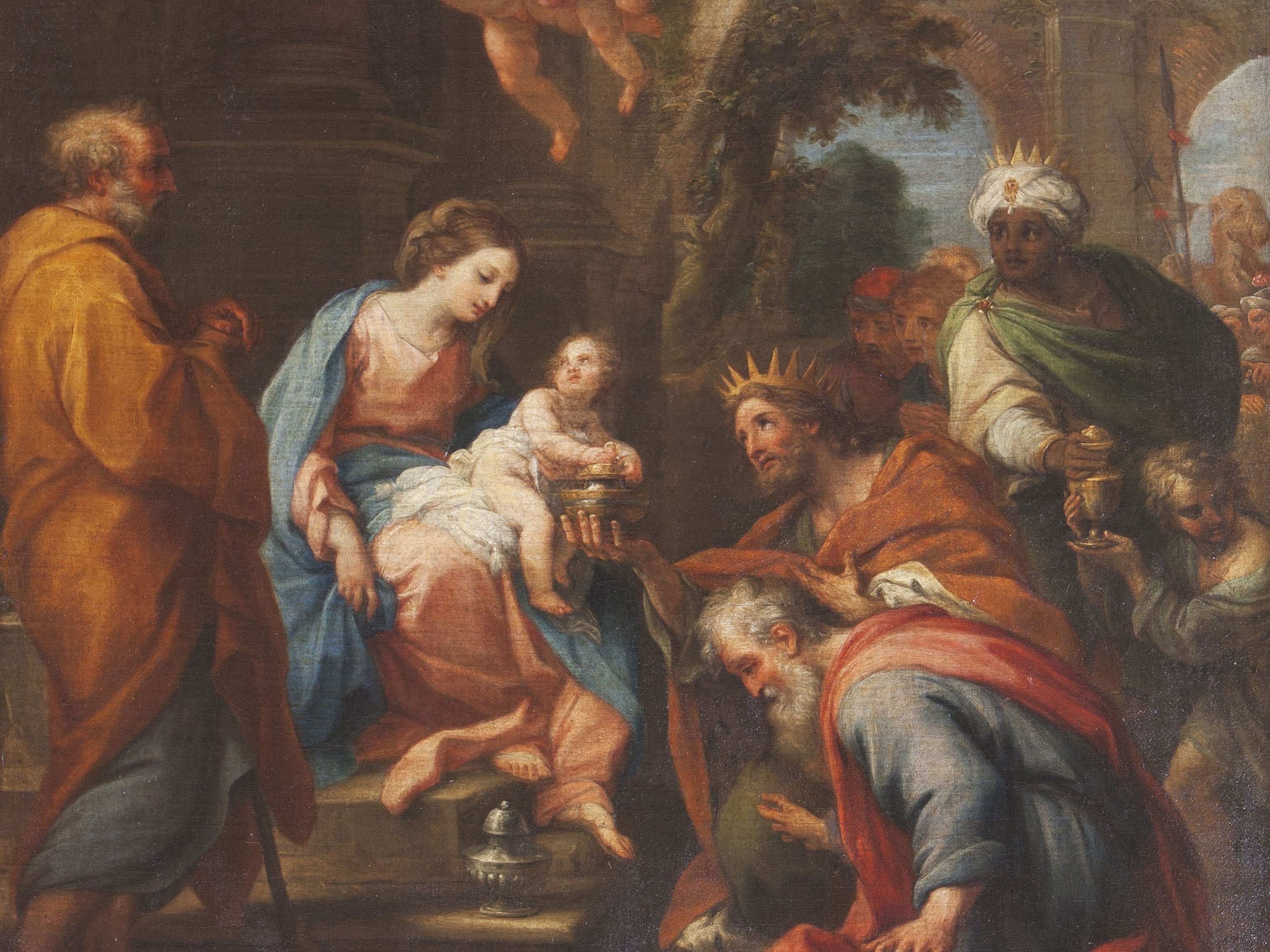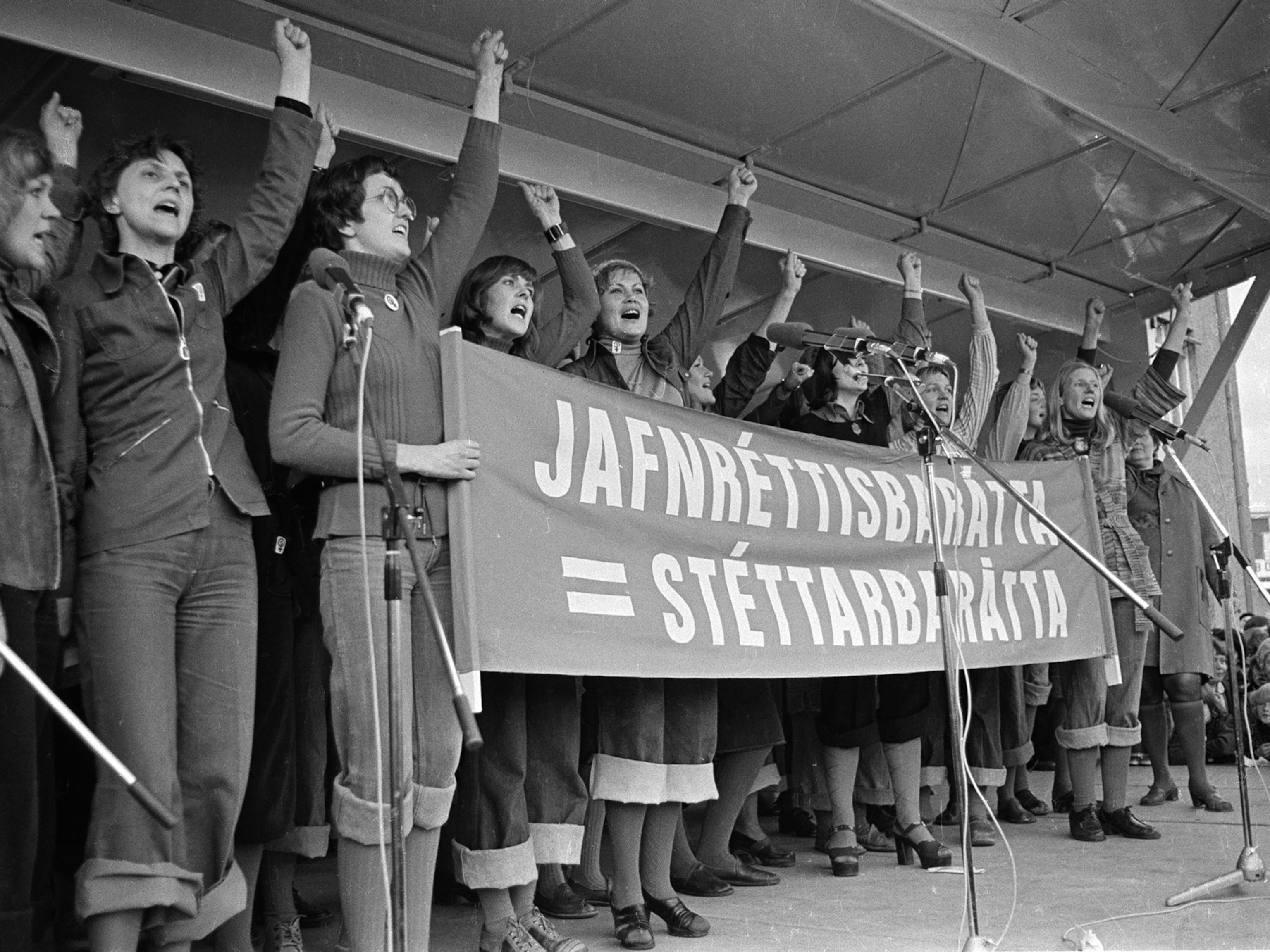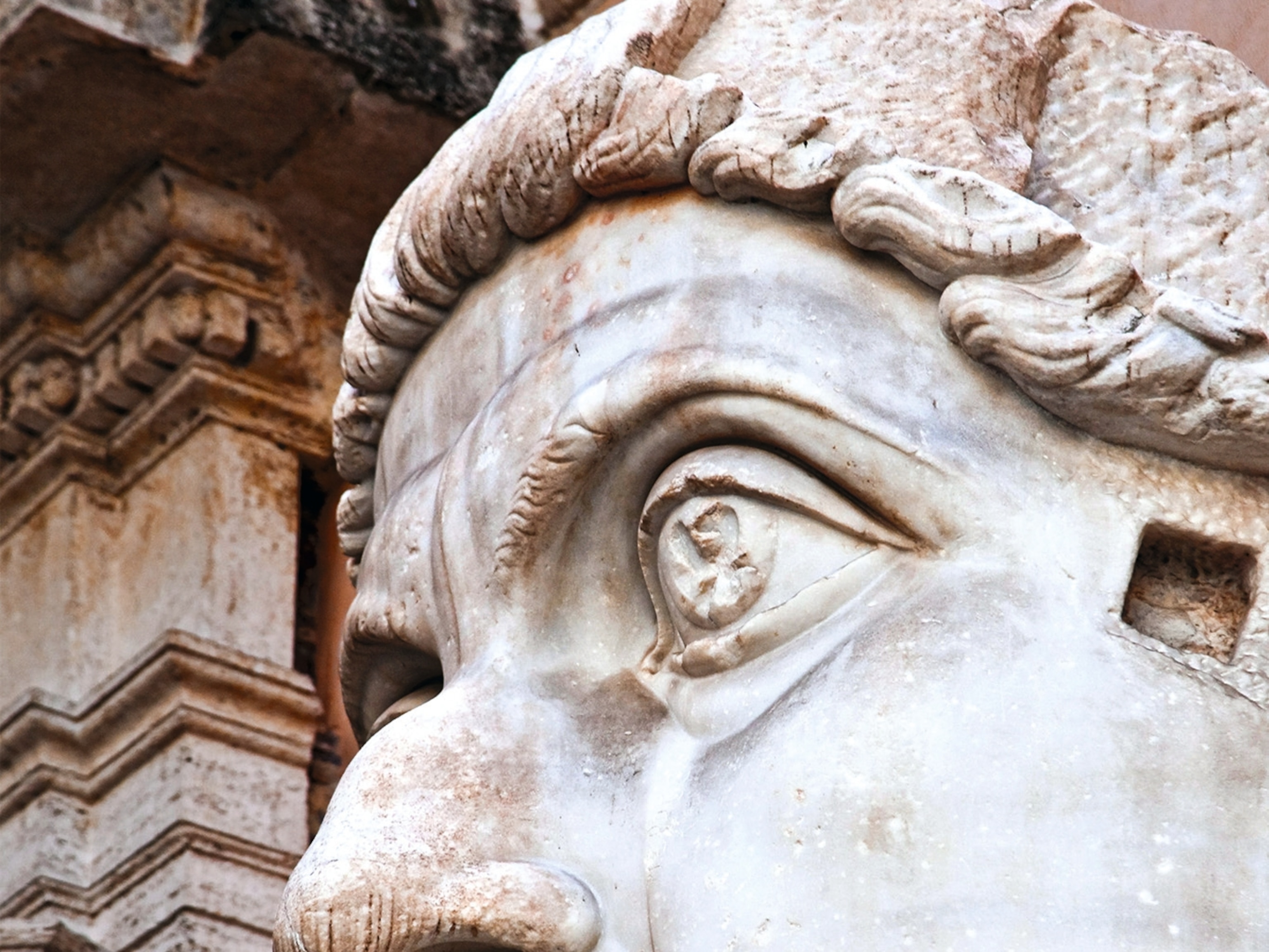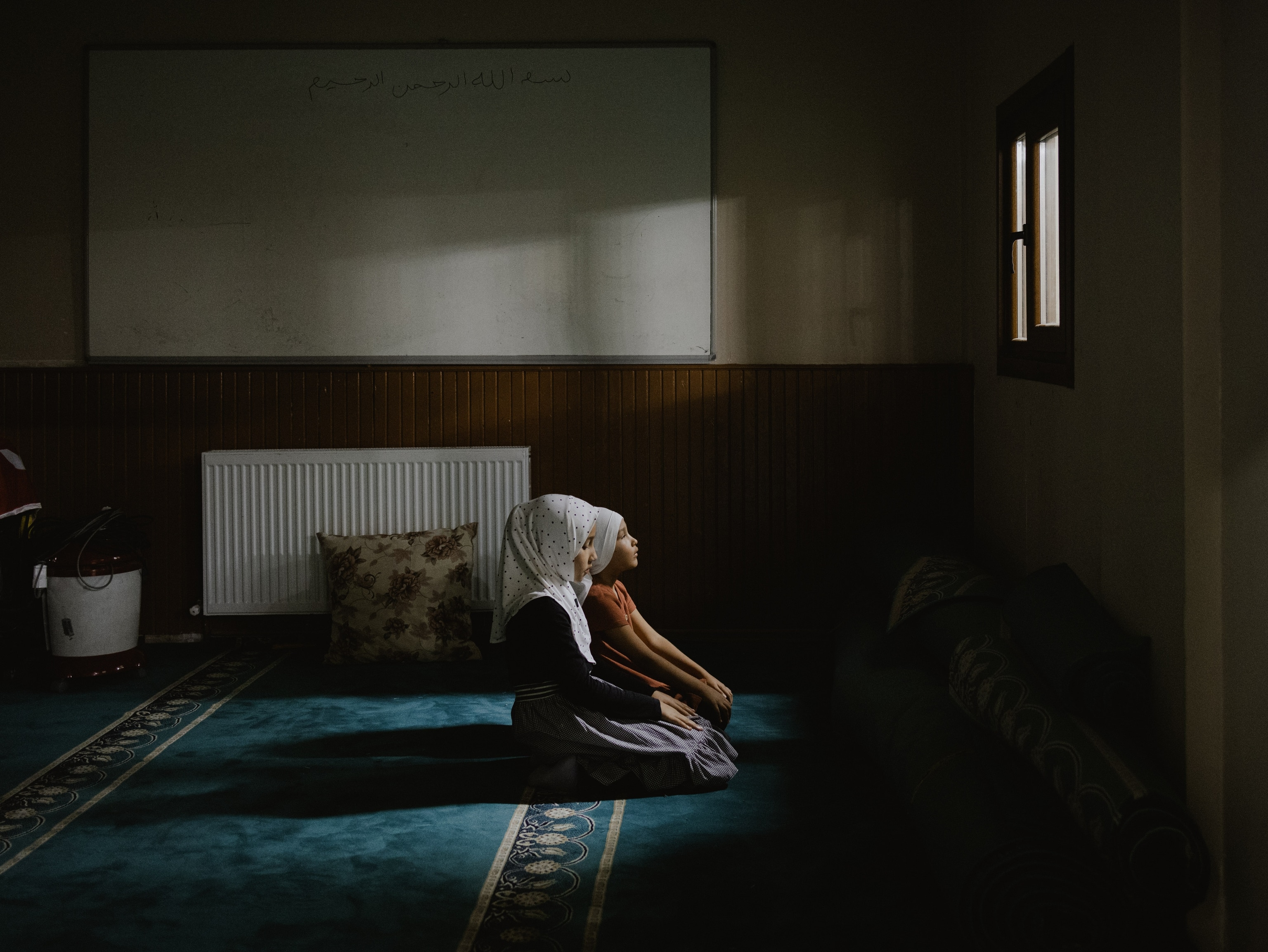
China is erasing their culture. In exile, Uyghurs remain defiant.
A growing Uyghur diaspora has found refuge—and a reconnection to their culture—in the neighborhoods of Istanbul.
Istanbul, Turkey — Children gather in a concrete schoolyard early one morning, forming neat lines at the base of the flagpole where two older boys are busy with tangled fabric and rope. A hot August wind blows between the classrooms and dormitories toward a lead-domed mosque, residential blocks, and the distant glimmer of the Marmara Sea. It unfurls the flag as the boys hoist it, revealing a white star and crescent against a sky-blue background that represents what the children know as East Turkestan—the Xinjiang region of China—as well as the Uyghurs, their people, who live there. Flying it in Xinjiang, though, is strictly forbidden.
Hebibullah Küseni, the school’s pious, goateed dean, begins an address through a loudspeaker, reminding the children that they have learned their mother tongue, along with science, religion, and Uyghur literature. He speaks about the flag, too—how the star and crescent symbolize Islam and the blue their ethnic identity.
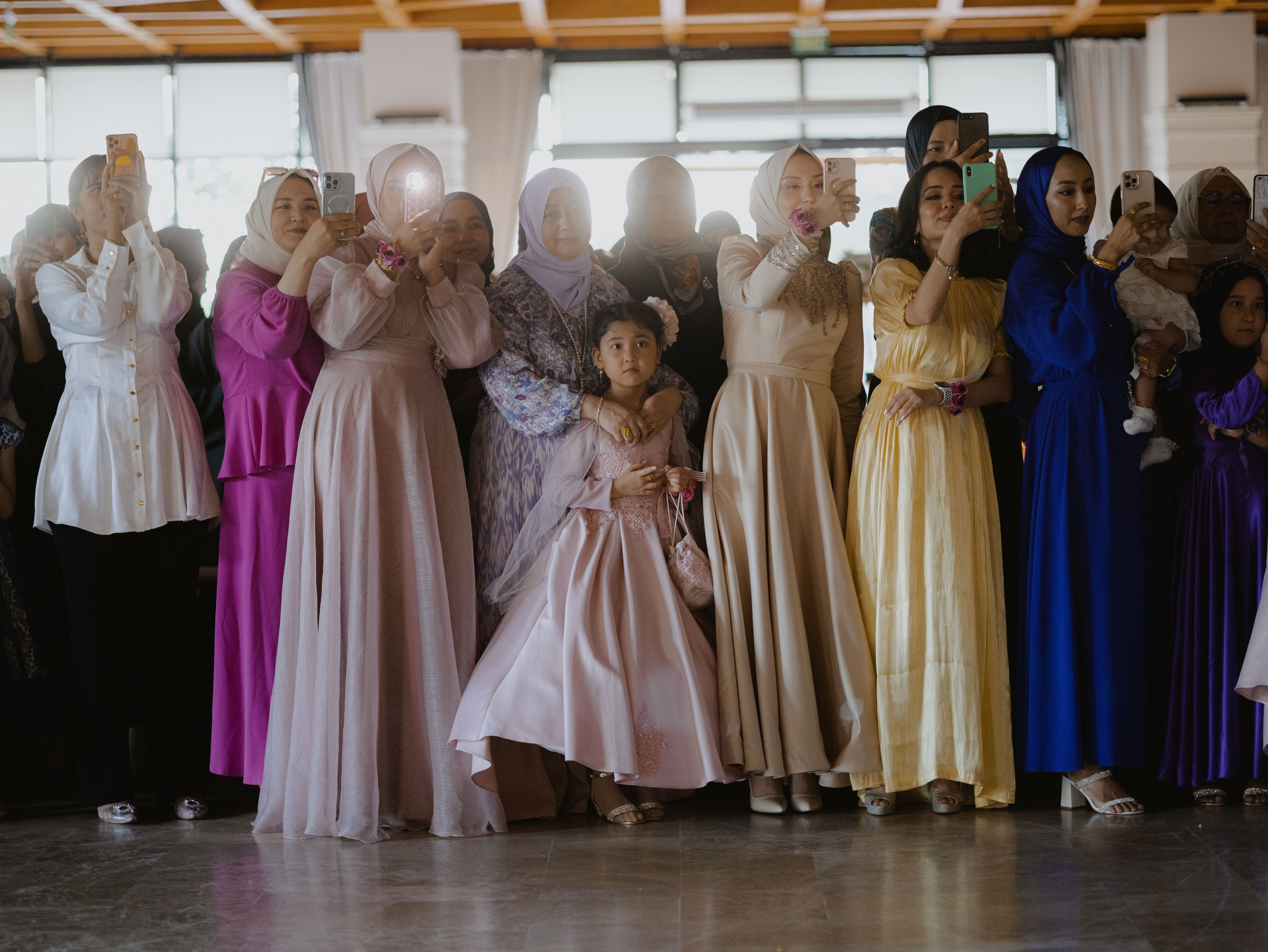

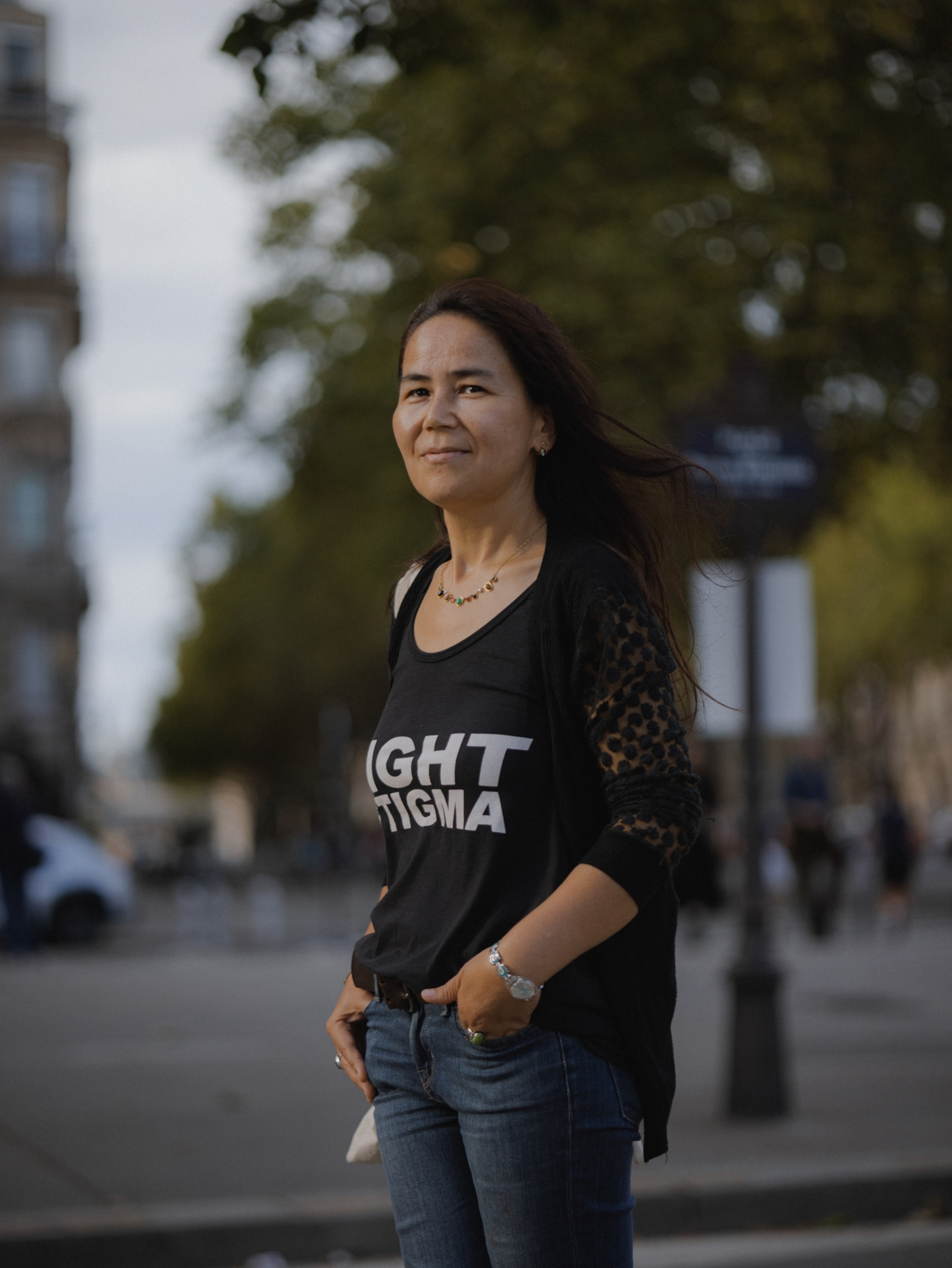
“One day, we will raise this flag in our homeland,” Küseni says. “Are you ready?”
“Yes!” the children reply in unison, placing their right hands to their chests as the East Turkestan anthem “March of Salvation” plays. In Xinjiang that would also be illegal. Then the students crowd into an assembly hall where a carpeted stage, backed by lilac drapes and an arch of white flowers, has been arranged in front of rows of plastic chairs.

The occasion is a summer school graduation, but as well as receiving certificates, these children recite poems about places they cannot visit, sing songs that are forbidden there, and dance traditional dances. Dressed in maroon tunics, some cartwheel across the stage as their classmates clap the rhythm. A few parents in attendance hold up phone cameras, capturing scenes of happy normality underpinned by something more, because, for Uyghur exiles, nearly any form of cultural expression is defiance.
Preserving Uygur identity
Takamasa Shayda lingers after graduation to take photos of her two sons, aged 13 and 10, and her six-year-old daughter beneath the floral arch. Shayda, originally from Xinjiang’s regional capital of Ürümqi, moved to Saitama, Japan, with her husband in 2008. She has been unable to return home since Chinese authorities escalated a campaign of repression targeting Uyghurs and other minorities in 2017. Her children had begun losing their own language in Saitama, and when she spoke Uyghur to them, they replied only in Japanese. So she and her husband decided to send them to the Istanbul school during the summer holidays.
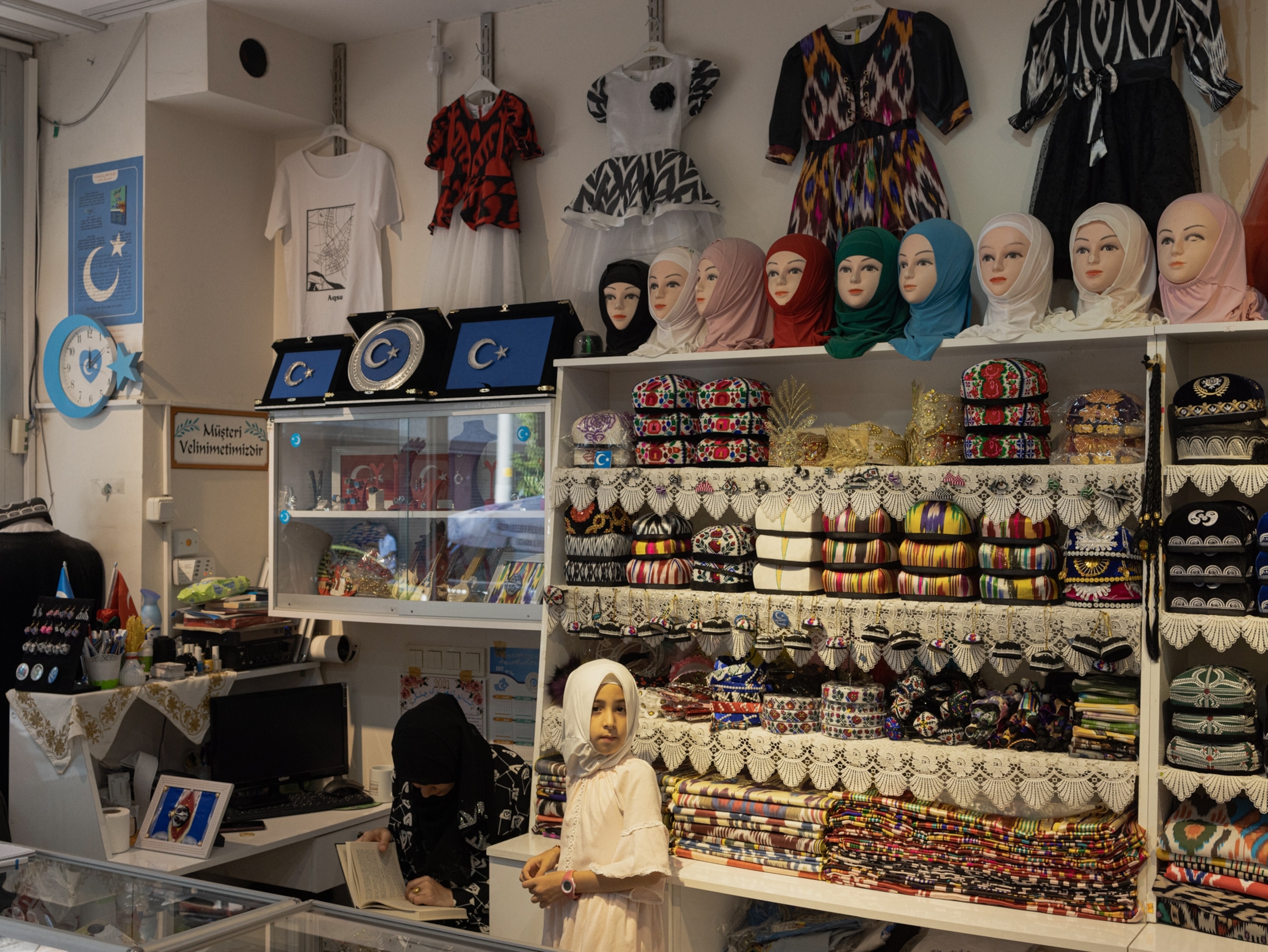
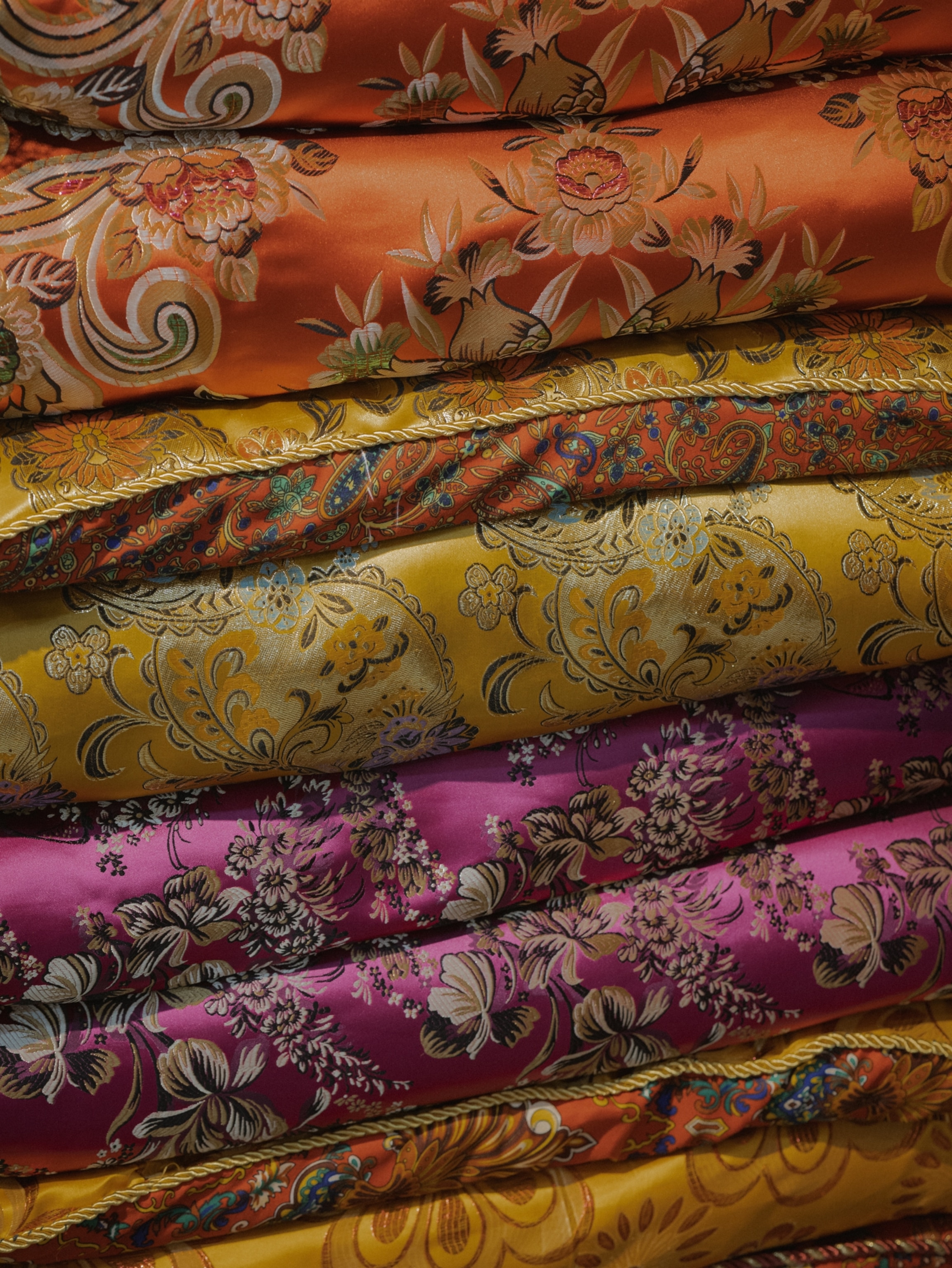

The Shayda children joined students who mostly lived locally, including some effectively orphaned after their parents were detained by Chinese authorities in Xinjiang. Others had traveled from Germany, France, and Canada. Shayda’s two boys learned to speak and write in Uyghur, and one recited a poem during the ceremony. “I’m almost crying now,” she said, describing how meaningful the past few weeks had been to her. “I spent a lot of time abroad and I, and all Uyghurs, miss our country so much.”
Uyghurs are ethnically as well as linguistically Turkic and predominantly Muslim. They make up one of China’s largest minority groups and have faced various forms of persecution for decades. Chinese President Xi Jinping’s renewed attempts at forcible assimilation have included bans on most forms of cultural and religious expression, detentions of more than a million people in prisons plus “reeducation” camps, the sterilization of women, and hauling children to closed boarding schools.
A tiny proportion of Uyghurs who were already outside the country or managed to escape in time have found refuge abroad. The largest population outside central Asia, estimated at around 50,000, is in Turkey. There are smaller, but growing, numbers in North America, Europe, and Australia.

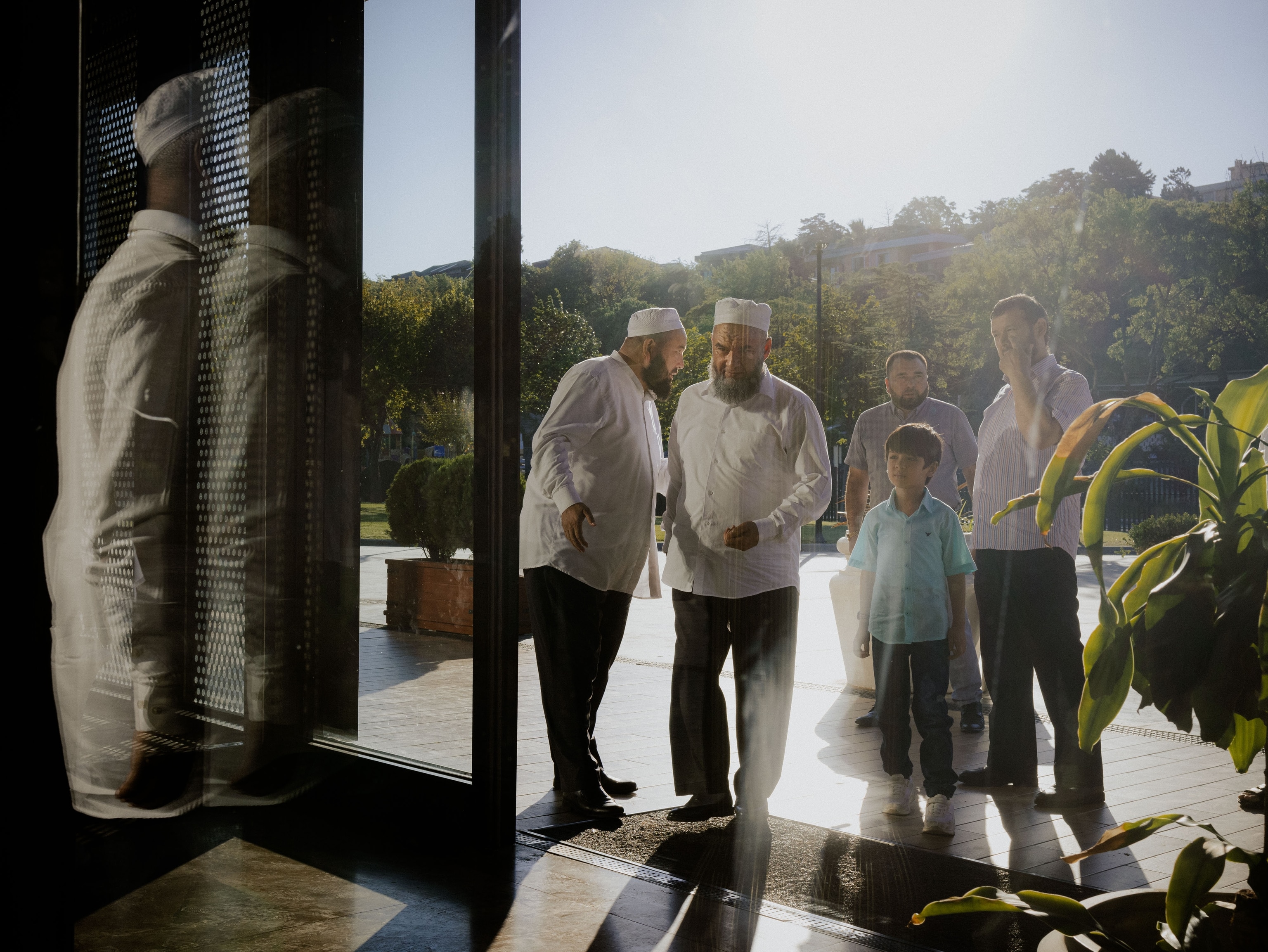
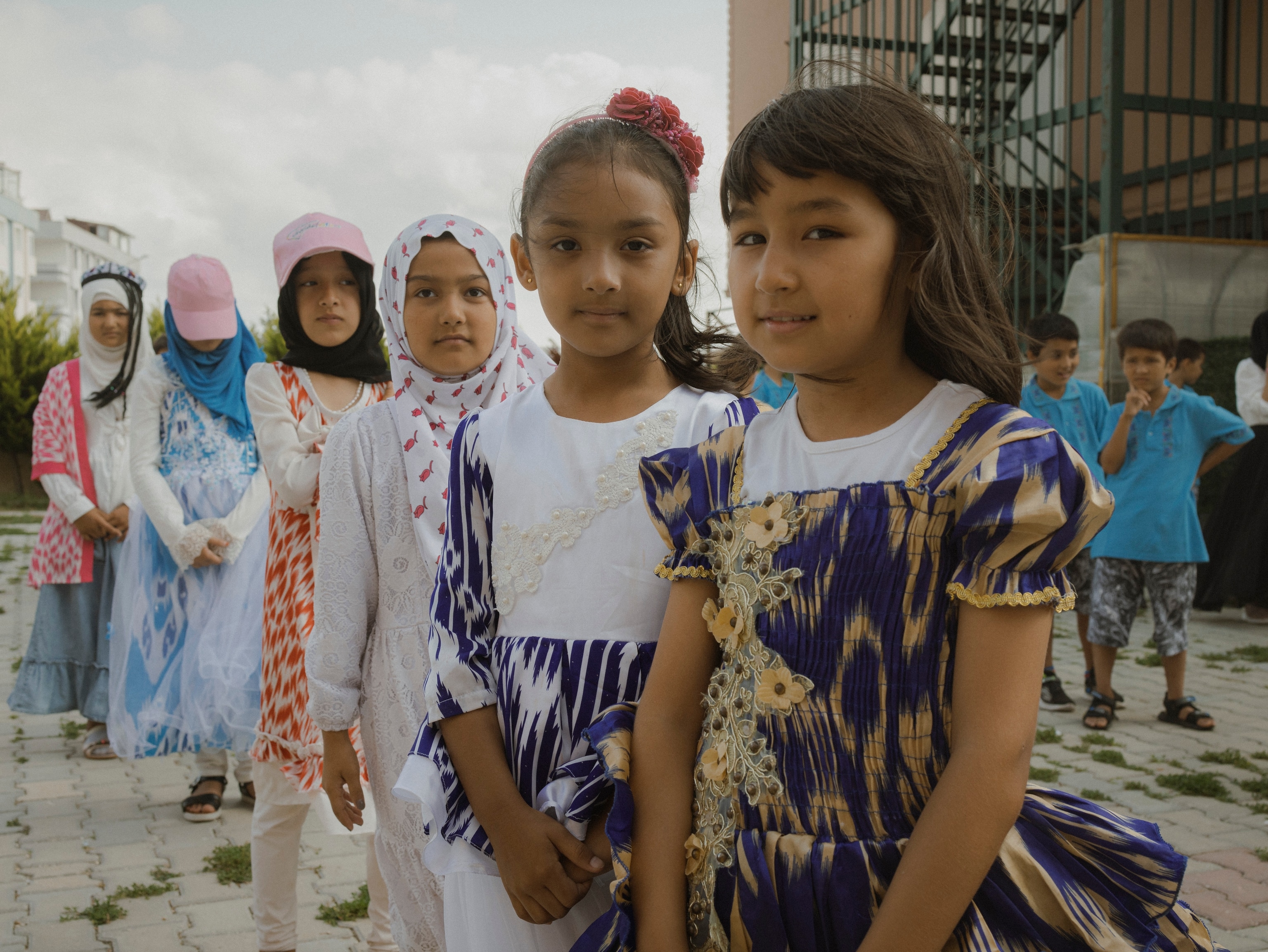
With a process of erasure unfolding in China that the United States government and rights groups have described as genocide, these exiles have been left to preserve what they can of Uyghur identity beyond their homeland. But culture isn’t an ossified set of customs, it’s an ever shifting, living thing shaped by the beliefs, preferences, and circumstances of the people who practice it. And already, ideas of Uyghur identity are shifting in the diaspora—being expressed differently in various geographies, including in forms that some community members say would not be seen in Xinjiang.
A community bounded by literature
Many of Istanbul’s Uyghurs settled in Zeytinburnu, a working-class neighborhood of looming concrete with a long history of immigration. There, they opened restaurants, butcher shops, grocery stores, and boutiques selling the brilliantly patterned Etles silk, doppa skullcaps, and ornate cushions that once filled Xinjiang’s bazaars.
On one quiet street is Abduljelil Turan’s bookshop. Its faded frontage opens into a gauntlet of shelves leading to a floral-wallpapered office with worn leather sofas and books stacked on every available surface. Turan, a gregarious 64-year-old who has been writing, printing, digitizing, and distributing Uyghur literature since the 1990s, can usually be found there. Growing up in the 1960s and 1970s during the Cultural Revolution, he watched police burn confiscated books in the streets. Now he worries those events may be repeating. “The shop’s main role is preservation,” he says. “Because if China’s policies continue like this, then some of these books will disappear in East Turkestan.”
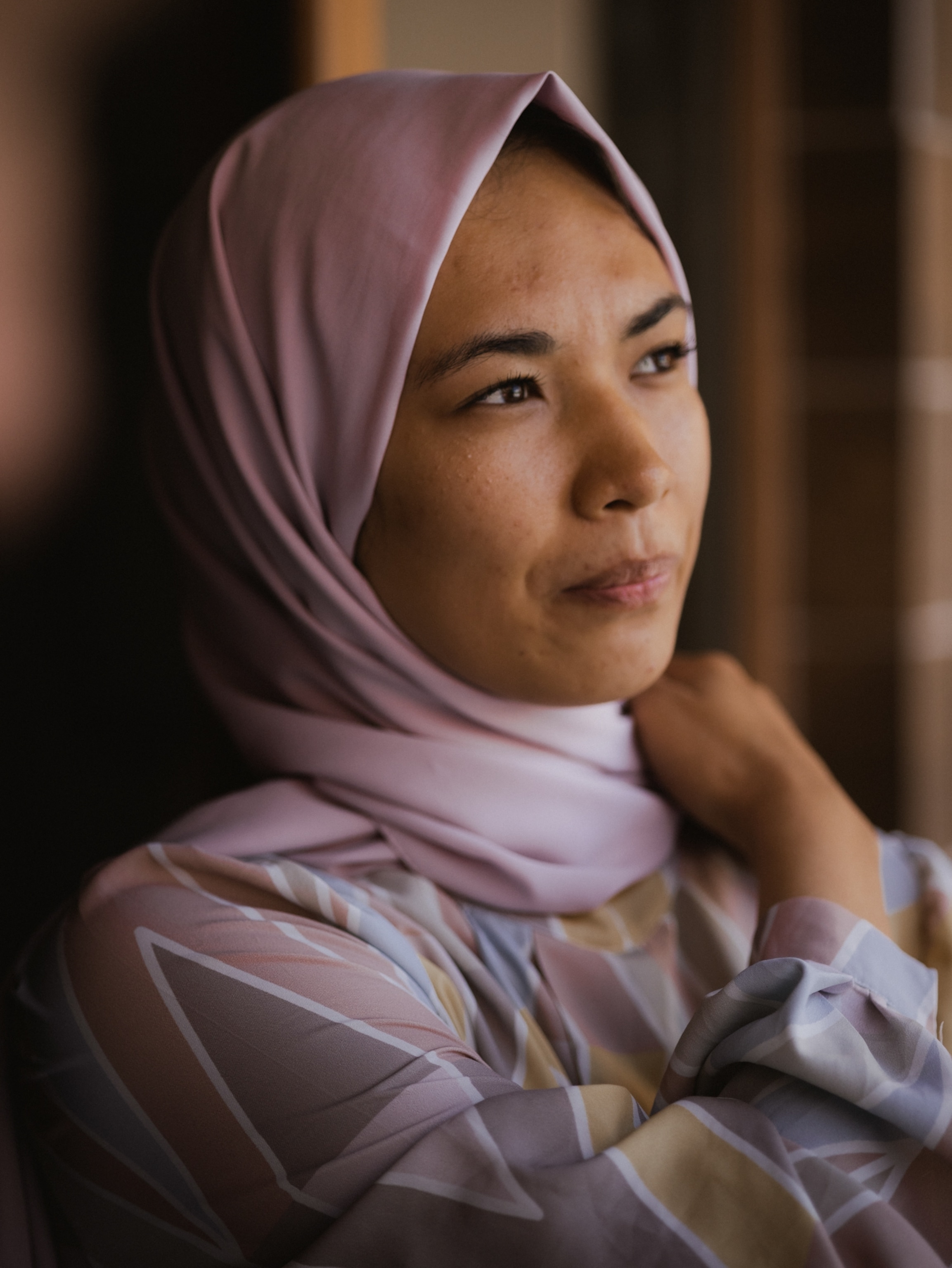
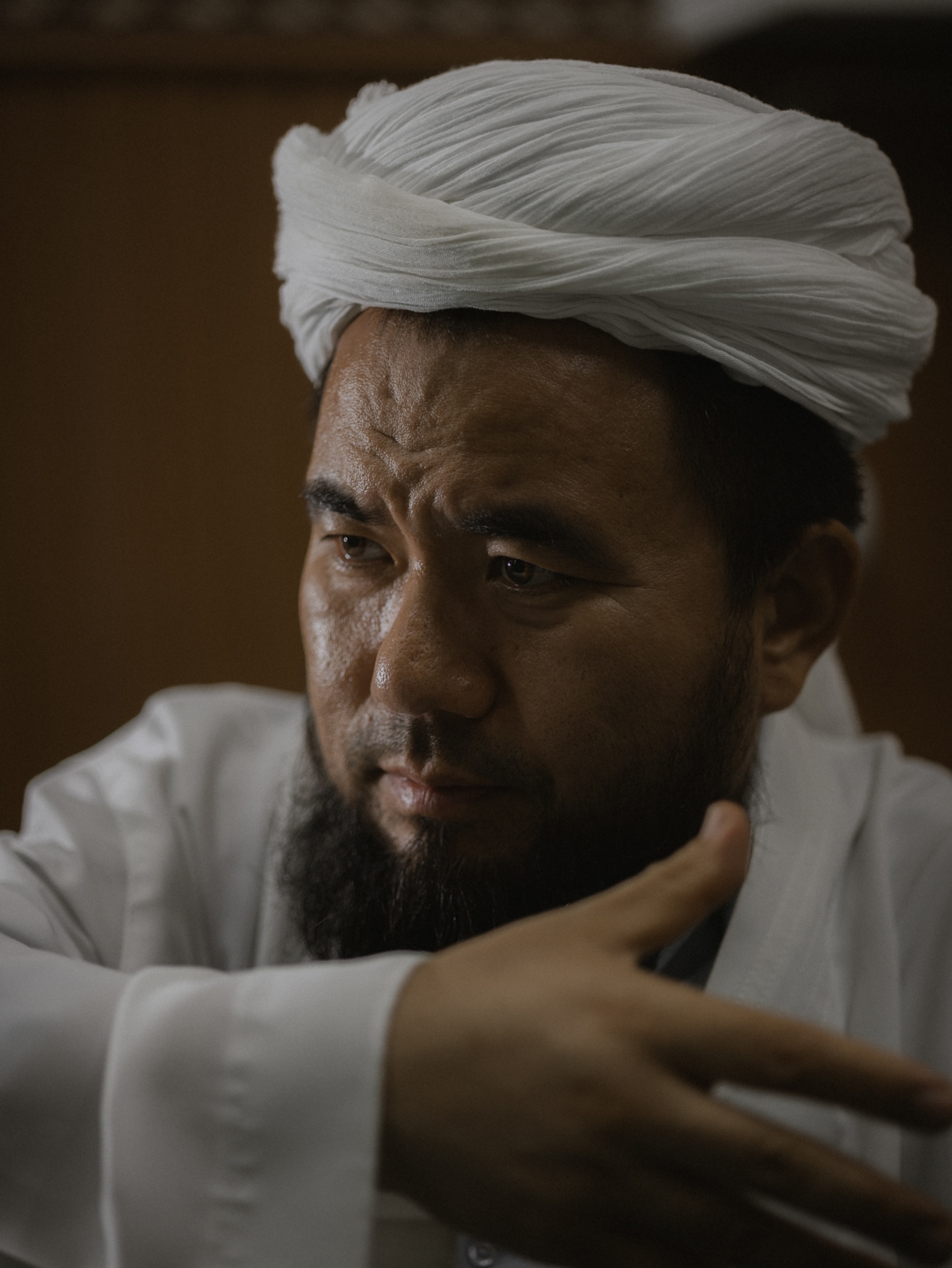
Turan stocks an array of Uyghur-language titles — novels, translations of works by authors from Henry Kissinger to Jean-Paul Sartre, children’s books with cats, teddy bears, and flying cars on the covers—that he hopes will help preserve his mother tongue. He ships them all over the world; a large cardboard box sits in his office, ready to for dispatch to the European Uyghur Institute in Paris.
Literature and poetry, he explains, have been particularly important to Uyghurs, perhaps because the written word allowed the indirect expression of truths and opinions otherwise unacceptable to Chinese authorities. Turan’s most popular books are historical epics. In a country where divergence from state-defined historical accounts is forbidden, he says, Uyghur authors disguised real events as novels. But when the crackdowns began in 2017, that was not enough to save them. Intellectuals were among the first to be rounded up. Turan works his way around the shelves under the names and faces of the missing. This writer was disappeared, he says, this poet jailed, this one exiled. He opens an encyclopedia on Uyghur history at random and points out an entry on a scholar who died in a detention camp in 2017.
Memet Tohti Atawulla, 32, an Uyghur academic, literature teacher, and activist living in Istanbul describes once sitting down for a meal in Ürümqi with a well-known Uyghur novelist who has also since been imprisoned. “We try to write everything that must be written but in different ways, with different names,” the novelist told him. “If you, the younger generations, replace the names they will become pure history.”
Using music to highlight suffering
Uyghur music too is now inherently intertwined with politics and resistance. One of the songs the school children sang along with was recorded by guitarist A. Kiliç, who often plays with his wife H. Yenilmez. Kiliç once performed in Beijing’s club circuit as as part of a group specializing in the Gypsy Kings-inspired pop flamenco popular in the 1990s.
After finding himself stranded in Turkey by the crackdown, Kiliç began incorporating Uyghur instrumentation into his compositions to highlight the suffering of his people. One piece includes lines of verse attributed to poet Abduqadir Jalalidin that he reportedly wrote while being held in a detention facility. The poet’s words were circulated in 2020 by fellow inmates who memorized them before being released but the whereabouts of Jalalidin himself is still unknown.
“My life is all I ask, I have no other thirst,” one couplet goes. “These silent thoughts torment, I have no way to hope.”
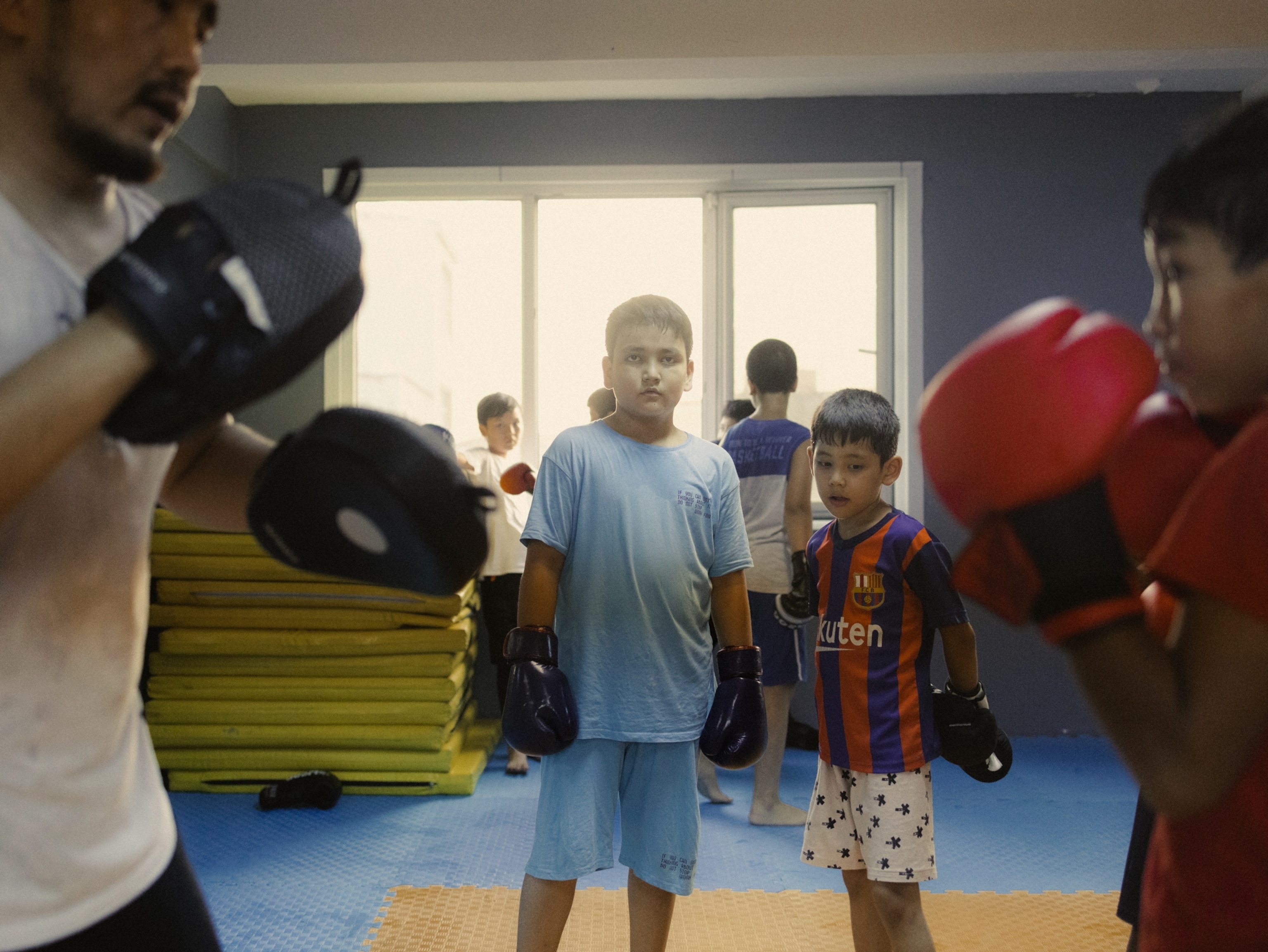
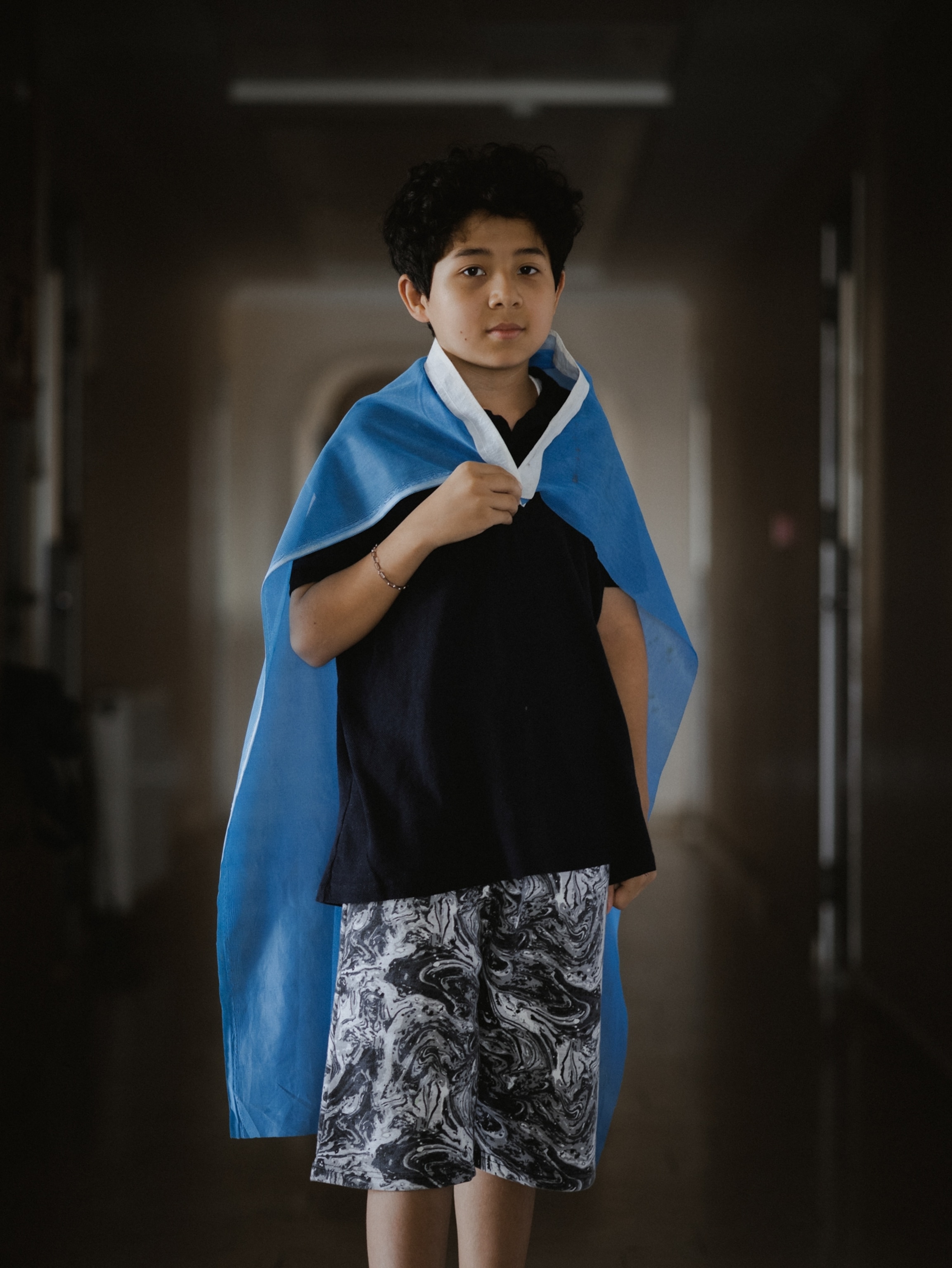
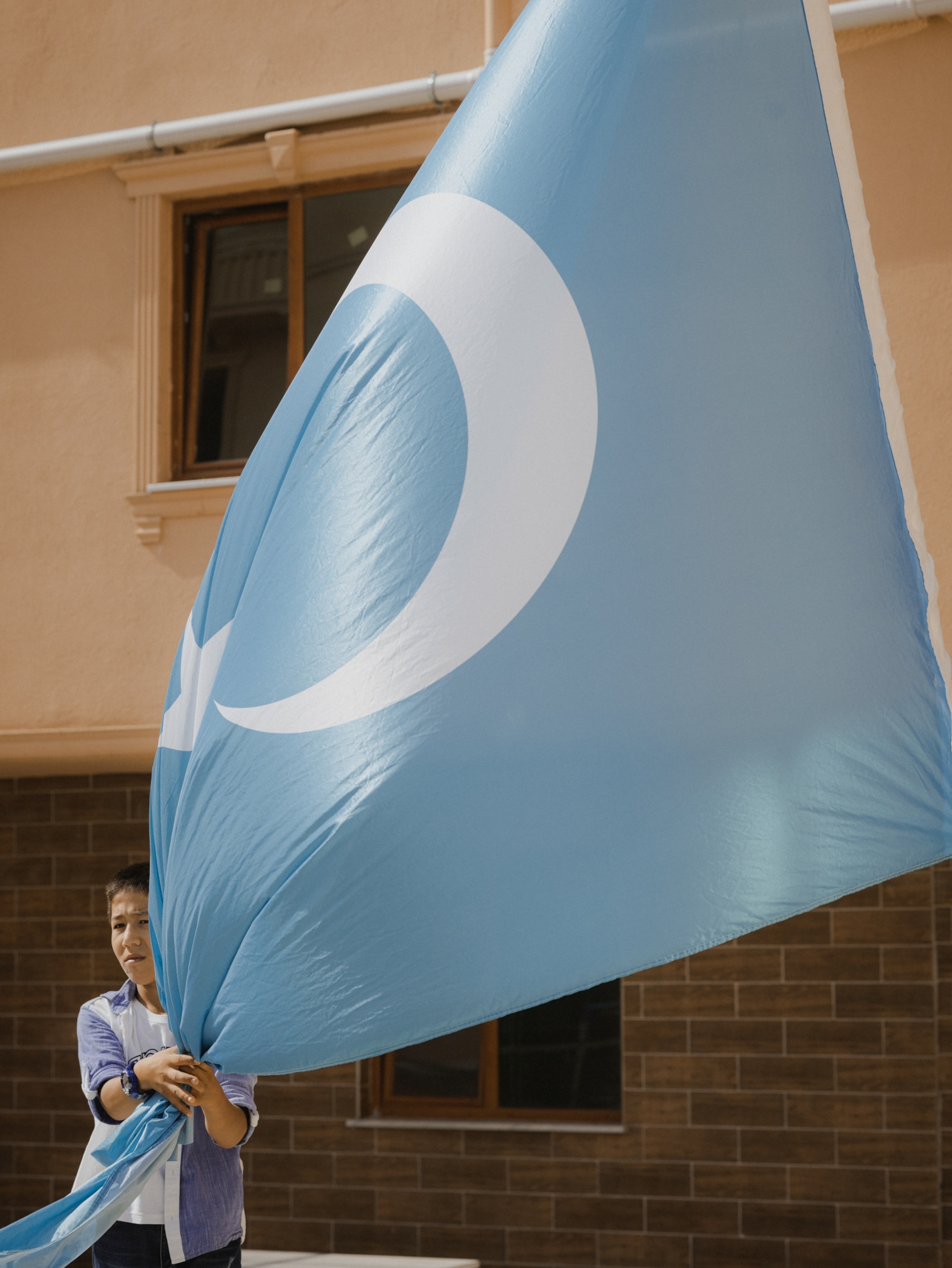
Kiliç and Yenilmez chose not to use their full names or reveal their faces when they began releasing music, partly because, even in Turkey, Uyghurs are not free from the Chinese security apparatus. Exiles consistently describe being harassed via social media or messaging apps, including attempts to coerce them into spying on other members of the diaspora and threats to family back home. There is also concern among Uyghurs in Istanbul over increasingly friendly relations between Ankara and Beijing. Turkish police have already detained several Uyghurs, chilling some political activities and spurring relocations to Europe.
Despite the large population in Turkey, Uyghur culture there is endangered by a more mundane form of assimilation. Parents often complain that their children wish to adopt everything from the Turkish language to cuisine. The same struggles faced by new immigrants around the world, however, become existential when identity is in danger at home.
The role of religion
Life in Turkey is already having a more subtle impact. Uyghurs in the country, especially older generations, often observe a more conservative form of Islam than they did in China. Women wear niqabs, men grow long beards, and genders separation is enforced at social events. In Sefaköy, a neighborhood not far from Zeytinburnu, is a roomy basement mosque, where imam Mahmoud Mohammed says 150 to 200 people gather regularly.
For Mohammed, Islam is synonymous with Uyghur identity and essential to its survival in China. “Throughout Uyghur history, religion is always the shield to protect identity,” he says. “The ones who have strong religious beliefs also have a strong ethnic identity.”
Dilnur Reyhan, a scholar who heads the European Uyghur Institute in Paris, says she does not recognize these more conservative Islamic practices from Xinjiang. She believes they are partly the result of Turkish authorities funding and encouraging Uyghur Islamic groups.
The gap in resources between different types of organizations can be striking. A few streets over from the Sefaköy mosque is a youth center that aims to instill a sense of modern identity in young Uyghurs through art, boxing classes, mentoring, and preparation for university exams. It operates from a partially renovated building that was once a beauty salon.
Reyhan, meanwhile, says she has struggled to find a permanent location for her institute, which teaches traditional music, dance, and other subjects to the growing number of Uyghurs in France. On a September afternoon, a crowd holding blue flags and placards gathered on a leafy Parisian boulevard to protest and raise awareness of the situation in Xinjiang, making speeches and chanting slogans.
Reyhan attended along with a group of other Uyghurs recently arrived from Istanbul. They sat together afterward and discussed why they relocated. It was partly because they did not feel safe in Turkey anymore, they agreed, and partly because they did not feel at home.
A 29-year-old journalist with long curly hair and a Smurf tattoo—who writes under the pen name Umun Ihsan to preserve his anonymity—echoed Reyhan. “The Uyghur community in Turkey is more religious. In France it is more secular, so the expressions are different.”
Reyhan says she still considers herself culturally Muslim and finds it difficult to draw a clear distinction between Uyghur culture and Islam. She believes too that faith has saved lives among desperate exiles cut off from their loved ones—helping to sustain the hope that, one day, they will be able to return home.
French photographer and National Geographic Explorer Patrick Wack spent a decade in China documenting life there. This work was funded by the National Geographic Society, committed to illuminating and protecting the wonder of our world.

